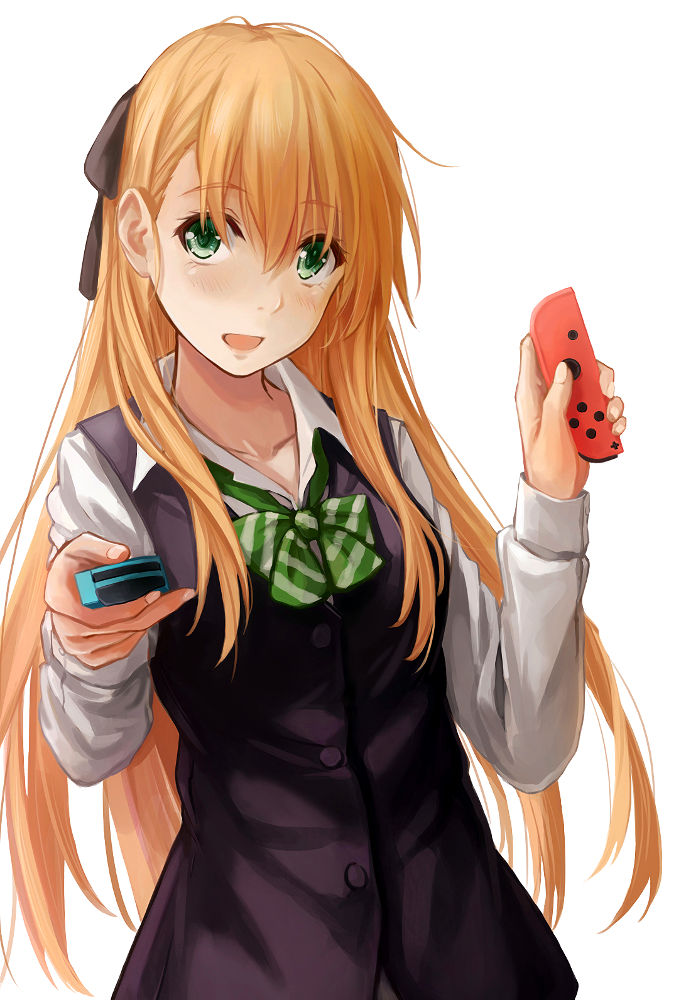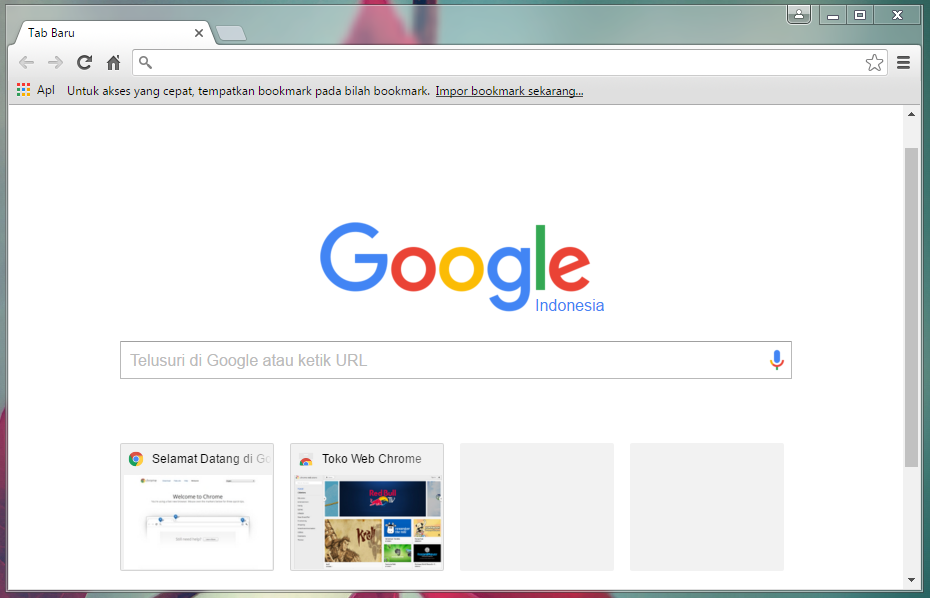- The device you have runs on Chrome OS, which already has Chrome browser built-in. No need to manually install or update it — with automatic updates, you'll always get the latest version.
- Google Chrome 2017 free download - Google Chrome (64-bit), Google Chrome Portable, Google Chrome beta, and many more programs.
- Chrome 57 adds support for
display: grid- the new CSS Grid Layout specification. - You can now customize and respond to user input on the lock screen and notifications using the new Media Session API.
- And there are plenty more!
I'm Pete LePage, let's dive in and see what's new for developers in Chrome 57!
CSS grid layout #
This wikiHow teaches you how to update the Google Chrome browser on your computer and mobile devices. While Google Chrome updates typically install themselves, you can manually trigger an update on a mobile device by using your mobile device's app store, or on a computer by visiting the 'About Google Chrome' page. When Google releases update to the Chrome OS, sometimes it takes few days for Google to push out those changes to all the Chromebooks automatically. So, in this scenario, you may want to force update the OS and get the latest security fix immediately instead of waiting for the auto-update to kick in.
Access mac formatted hard drive on windows. Flexbox is a powerful layout tool. It makes many complex layouts possible, but it can only do layout in one dimension. Chrome 57 adds support for display: grid - the new CSS Grid Layout specification, adding a powerful new tool for creating two-dimensional grid-based layout systems, optimized for responsive user interface design.
Elements within the grid can span multiple columns or rows. Regions in a CSS grid can also be named, making layout code easier to understand.
Surma has an Updates post about it, and when you're ready to dive in deeper, check out Rachel Andrew's site: GridByExample.com.
Media Session API #
One of the missing features from web media applications has been the ability to deeply integrate with the core media experience on mobile devices. Why can i not install google chrome. In Chrome for Android, you can now customize the lock screen and notifications with media content using the new Media Session API.
Install jw org. By providing metadata to the browser about the content being played, you can create rich lock screen messaging that includes information such as title, artist, album name, and artwork. You can also listen for and respond to user actions taken on the notification itself, such as seeking or skipping.
If you want to get started quickly, Francois has a great Updates post, or check out the official Chrome media sessions samples repo on GitHub.
And more! #
And there's lots more!
- There are someimprovements to the Payment Request API.
- You can specify the color of the text input cursor with the
caret-colorproperty. - Visual effects such as line color and style can be specified with new
text-decorationproperties. - The Fetch APIResponse class now supports the
.redirectedattribute to help avoid untrustworthy responses and reduce the risk of open redirectors. - All
-webkit-prefixed IndexedDB global aliases have been removed, after their deprecation in M38. - And one of my favorites — new
padStartandpadEndformatting methods that simplify string padding when aligning console output or printing numbers with a fixed number of digits.
These are just a few of the changes in Chrome 57 for developers.
Shout out to Igalia #
Finally, a big shout out to the engineers and team at Igalia for their awesome work on Blink. They were instrumental on landing the new CSS Grid and caret-color features.
Stay up to date #
If you want to stay up to date with Chrome and know what's coming, be sure to subscribe to our channel, or follow @ChromiumDev on Twitter. And be sure to check out the videos from the Chrome Dev Summit for a deeper dive into some of the awesome things the Chrome team is working on.
I'm Pete LePage, and as soon as Chrome 58 is released, I'll be right here to tell you -- what's new in Chrome!
Last updated: Improve article
- Chrome 61 now supports JavaScript modules natively, unifying the way modular JavaScript can be written.
- You can now use
navigator.shareto trigger the native Android share dialog. - The WebUSB API has landed, allowing web apps to access user permitted USB devices.
- And there's plenty more!
Want the full list of changes? Check out the Chromium source repository change list.
I'm Pete LePage. Let's dive in and see what's new for developers in Chrome 61!
JavaScript Modules #
Chrome 61 adds native support for JavaScript modules via the </code> element. That makes it possible for Chrome to fetch granular dependencies in parallel, taking advantage of caching, avoiding duplications across the page and ensuring that script executes in the correct order.</p><p>This standardized module system unifies the way modular JavaScript can be written and shipped to web browsers. In the future, the same system will be available in Node, making it easier for you to write and deploy isomorphic JavaScript.</p><h2 id='how-to-update-google-chrome-2017'>How To Update Google Chrome 2017</h2><p>You can learn more about modules and the aspects of JavaScript that are affected by modules from the links below.</p><h2>Web Share API #</h2>

If you want users to be easily able to share your content on their favorite social network, you need to integrate sharing buttons into your site for each social network. It adds bloat to your page, doesn't always fit your UI nicely, and means you need to include code from a third party site.
The Web Share API, available today on Chrome for Android allows you to invoke the native sharing capabilities of the users device, allowing the user to easily share text or links with any of their installed native apps!
In a future release, this API will also be able to share to installed web apps. To use it, simply call navigator.share with the details of the page you want to share the system will handle the rest.

If you want users to be easily able to share your content on their favorite social network, you need to integrate sharing buttons into your site for each social network. It adds bloat to your page, doesn't always fit your UI nicely, and means you need to include code from a third party site.
The Web Share API, available today on Chrome for Android allows you to invoke the native sharing capabilities of the users device, allowing the user to easily share text or links with any of their installed native apps!
In a future release, this API will also be able to share to installed web apps. To use it, simply call navigator.share with the details of the page you want to share the system will handle the rest.
Check out Paul's WebShare API Update for full details and some best practices that you should be following.
WebUSB #
Most hardware peripherals such as keyboards, mice, printers, and gamepads are supported by high-level web platform APIs. But, using specialized educational, scientific, industrial or other USB devices in the browser has been hard, often requiring specialized drivers.
Chrome now supports the WebUSB API, allowing web apps to communicate with USB devices, after the user has provided their consent. To learn more about the security and privacy considerations and how they're addressed, have a peek at the WebUSB spec.
Then, when you're ready to dive in, take a look at Francois' WebUSB post on updates.
2017 Google Chrome Browser
And more! #
- You can now specify scrolling smoothness with the
scroll-behaviorCSS property. - CSS hex color values can now specify alpha transparency by adding digits to the end of the string.
- You can access the relative positions of the screen content with the Visual Viewport API, exposing complex functionality like pinch-and-zoom in a more direct way.
These are just a few of the changes in Chrome 61 for developers.
Then subscribe to our YouTube channel, and you'll get an email notification whenever we launch a new video.
I'm Pete LePage, and as soon as Chrome 62 is released, I'll be right here to tell you -- what's new in Chrome!
Last updated: •Improve article

